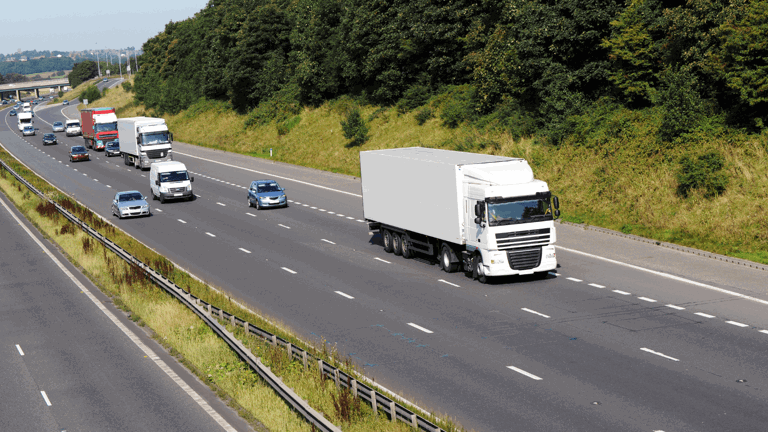
Can a Will Written on Food Packaging be Valid? - The Mr Kipling Will
02 July 2025

02 July 2025

01 July 2025

25 June 2025

24 June 2025

20 June 2025

18 June 2025

10 June 2025

21 May 2025

14 May 2025

13 May 2025

12 May 2025

08 May 2025